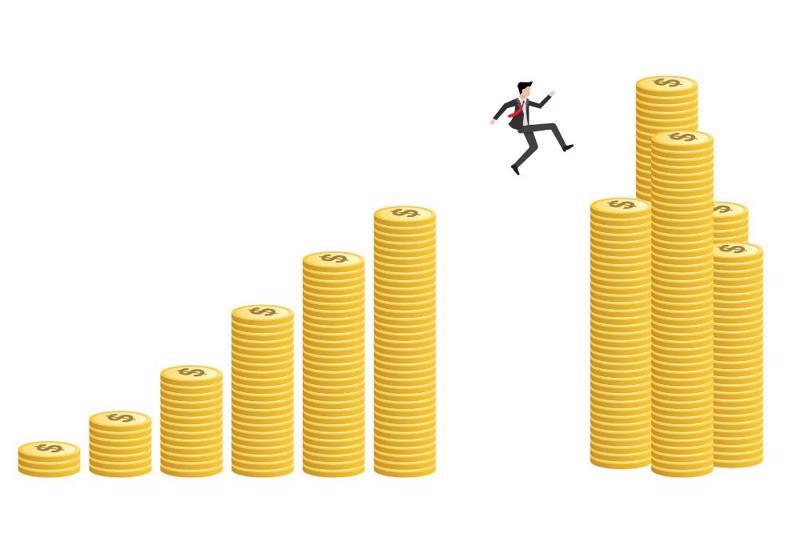With an average annual per capita income of $3,590 in 2021, Vietnam is approaching the threshold of joining the group of upper-middle-income countries. However, analysts have warned that the country may face the middle income trap due to internal difficulties and external challenges and this requires effective and comprehensive solutions.
After more than 30 years of renewal, Vietnam’s economy has extensively integrated into the world, Professor Pham Hong Chuong, President of the National Economics University, told a recent workshop in Hanoi on innovating economic institutions in Vietnam and moving towards becoming an upper-middle-income country before 2030.
The workshop was aimed at identifying obstacles relating to market economic institutions and proposing solutions to help Vietnam maintain its growth pace after becoming an upper-middle-income country.
The country has continually built and adjusted its legal system to match the free trade agreements it has signed. A series of laws have been amended towards facilitating investment and business by enterprises and individuals, he said.
The efforts have taken the country’s annual per capita income from about $200 in the early 1990s to $3,590 in 2021, as reported by the World Bank.
With that level, Vietnam may become an upper-middle-income country before 2030 if it can avoid the low-middle-income “trap”, according to Professor Chuong.
The middle-income trap refers to a situation whereby a middle-income country fails to transition to a high-income economy due to rising costs and declining competitiveness. Few countries successfully manage the transition from low to middle to high income.
Professor Chuong noted that shortcomings remain in the operation of Vietnam’s market economy, including problems in intellectual property protection and overlapping legal documents.
He underlined that economic institution reform is key to economic development.
Since 2011, the government has consistently reformed market economy institutions with priority on macro-economic stability, improvements to the investment and business environment, and the strengthening of international integration, which have resulted in a healthy economy, he said.
Foreign currency reserves remain high, while the ratio of public debt to GDP is low and foreign investment and trade turnover have been continually rising over the years.
Mr. Dinh Tuan Minh, Director of the Market-based Solutions Center for Social and Economic Issues, said Vietnam is moving closer to the group of upper-middle-income countries in terms of component indexes such as government scale, legal system and ownership, and credit, labor, and business management. However, the country has a long way to go in other indexes such as good currency and international trade.
He suggested that it is necessary to review non-tariff barriers towards transparency and stability, while remaining persistent in administrative reform in customs and continuing to review regulations on capital control in compulsory procedures.









 Google translate
Google translate